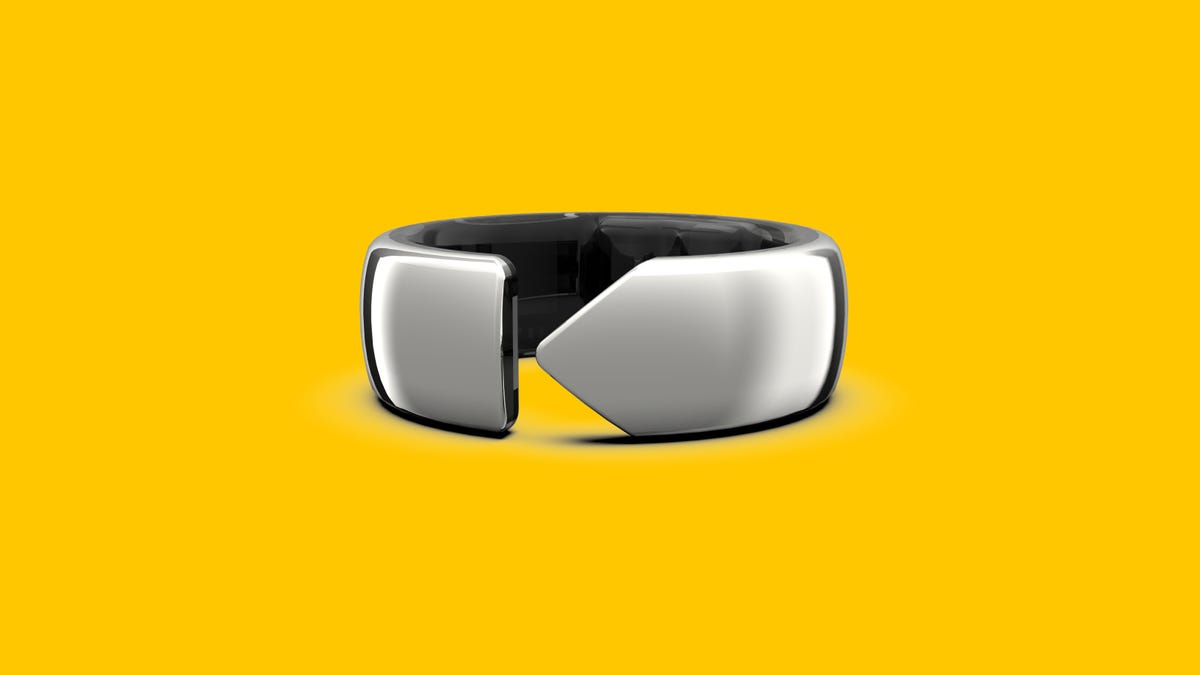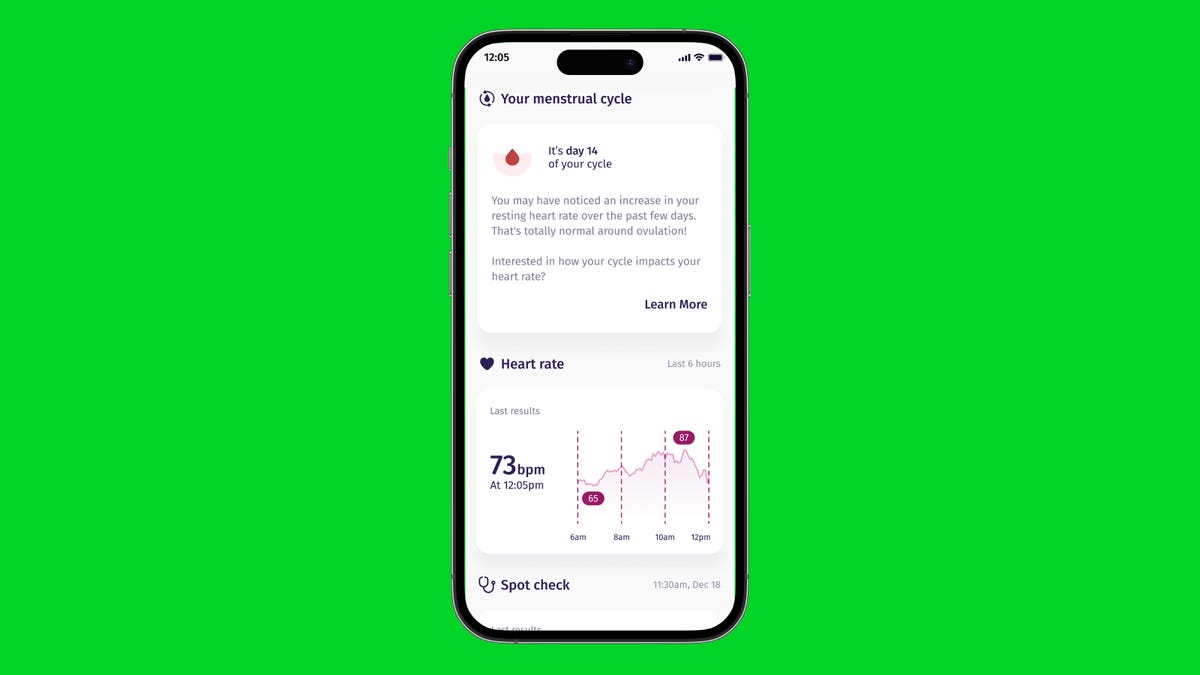At CES 2023, Movano will provide a closer look at its upcoming Evie ring, which will directly challenge the Oura ring when it arrives later in 2023. As a newcomer to the wearables space, Movano is leaning into womens’ health and more affordable pricing to compete with the popular Oura ring, which had a breakout moment in 2020 during the height of the pandemic.
Movano revealed several details about the ring on Wednesday, including its name, a vague release window of sometime in 2023 and a price range below $300. Exact pricing and launch timing were not specified.
The then-unnamed ring made its debut at CES 2022 with plans to undercut the $299 Oura Ring on price. Back then, the company was considering a subscription to offset the device’s price. But after speaking with 1,000 women between ages 30 to 70 about the device throughout 2022, the company learned that subscription fatigue would have been a deterrent.
“[They] would just prefer to buy the thing and be done with it,” Movano CEO John Mastrototaro told CNET in an interview. While Movano’s ring may not be that much cheaper than Oura’s, the latter requires a $6 monthly subscription to access many of its health features.


The Movano Evie purposely includes an opening in the ring to give it more flexibility in fit.
MovanoThe Movano Ring will measure many of the usual fitness and health metrics we’ve seen on competing devices from Oura, Apple and Fitbit. Those include heart rate, blood-oxygen levels, skin temperature variability, steps, calories, sleep, ovulation and menstrual symptoms. But since Movano is focusing on female health, wearers will also be able to get advice on womens’ health topics through content provided by health experts from within the app. Movano currently publishes a newsletter about sleep topics.
“We believe with this focus specifically on women, we can be very much impactful,” Mastrototaro said.
In the future, Mastrototaro hopes that Movano will be able to use the data collected to provide more health insights. At launch however, data collected by the Evie ring will be stored in the cloud and kept secure by default. Should a customer decide to share data from the ring with a health provider, it will be shared with the same protocols used by medical devices, he said.
While the ring is intended for both women and men, Movano has decided to take a female-first approach because of the perception that existing options appear to be initially made for men, according to Mastrototaro.


Movano’s app plans to provide proactive advice in addition to health tracking data.
MovanoThis also extended to the design of the ring, which Mastrototaro said purposefully includes an opening with some flexibility to account for finger swelling that may occur during hormonal shifts, which could affect how the device fits. By contrast, Oura recommends wearing its Gen 3 ring on your index finger, which may not provide as much flexibility for sizing shifts for certain people. The Evie ring will also be available in sizes 5 to 11.
Movano is also seeking FDA clearance for the Evie and has recently completed hypoxia trials to demonstrate accuracy for clinical blood oxygen (also known as SpO2) and heart rate. This has been an overall goal for Movano, and Mastrototaro said the company is also working with healthcare companies to develop partnerships.
“At this juncture there are no wearables that are medical devices, and it would be very difficult for any wearable to become a medical device because you have to have an infrastructure and a quality management system,” Mastrototaro said.
The company is entering the wearables space as established competitors begin to scale their own similar features. The Apple Watch Series 8 added a skin temperature sensor that can offer retrospective ovulation estimates and improved period predictions. Google’s Pixel Watch also plans to offer menstrual health data, although it’s locked behind a $10 monthly Fitbit Premium subscription. But Oura, which also provides female health features like period predictions, is undoubtedly Movano’s biggest competitor. The wellness company launched its third-generation ring in 2021 but has since released the ring in new design variations.
